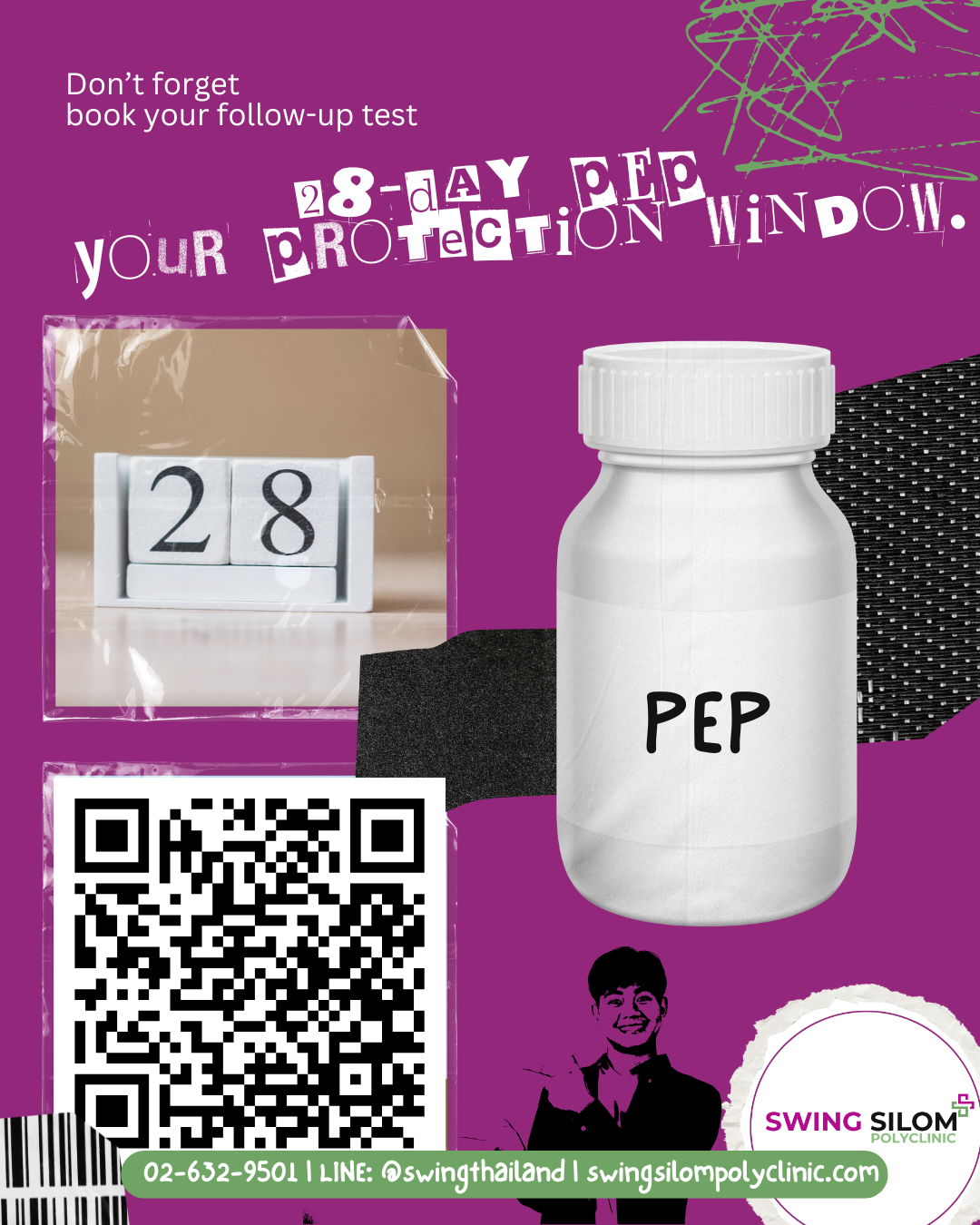
Are you considering post-exposure prophylaxis (PEP) in Thailand? Taking the right steps at the right time can make all the difference in your health journey. In this comprehensive guide, we’ll walk you through the essential start-now steps to initiate your PEP treatment, ensuring you feel empowered and informed every step of the way. Understanding what to expect during your visit— from the initial consultations to lab tests— is crucial in alleviating any anxiety you may have about the process.
As you embark on your 28-day PEP plan, it's important to know potential side effects and how to manage them effectively. Plus, we'll outline a follow-up testing timeline to monitor your health after completing the treatment. Equipped with the right information, you can make confident decisions for your well-being and stay on track toward a healthier future. Join us as we explore the specifics of obtaining PEP in Thailand and what you should anticipate along the way.
Start-now steps for your PEP journey in Thailand: A comprehensive guide
Taking the first step towards Post-Exposure Prophylaxis (PEP) in Thailand can significantly impact your health and peace of mind. It's crucial to act quickly after a potential HIV exposure—ideally within 72 hours. Start by identifying a reputable medical facility that offers PEP services. You can search online or consult local health organizations for recommendations. Bring along any relevant medical history and information about the exposure for a more accurate assessment. Many facilities allow walk-ins, but it's always wise to call ahead to confirm availability and ensure a smooth process.
Once you arrive at the medical center, expect to undergo a thorough evaluation by healthcare professionals. They will assess your situation and guide you through the initial steps of the PEP regimen, which consists of antiretroviral medications taken for 28 days. Don’t hesitate to ask questions about the treatment plan, including how to take the medication, potential side effects, and any necessary lab tests you may require. Preparing yourself with this knowledge will help you navigate your PEP journey with confidence and clarity.
What to expect at the visit: Labs, side-effects, and your 28-day plan
When you arrive for your PEP treatment in Thailand, expect a thorough evaluation at the clinic. Medical professionals will conduct initial screenings, which typically include blood tests to assess your current health status and determine if PEP is appropriate for you. You may experience some discomfort during these tests, but the process is quick and essential for ensuring your safety. The medical team will also provide you with vital information about the medications involved, their purpose, and how they will help prevent HIV infection. Understanding what to expect during this visit can significantly ease any anxiety you may have.
As you embark on your 28-day plan, be prepared for potential side effects from the medication. Common side effects include nausea, fatigue, and headaches, but these often subside as your body adjusts to the treatment. Your healthcare provider will advise you on how to manage any uncomfortable symptoms and emphasize the importance of adhering to the medication schedule. Regular check-ins throughout the process will help address any concerns and ensure you remain on track toward a successful outcome. Familiarizing yourself with these elements can empower you to approach your PEP journey with confidence and clarity.
Follow-up testing timeline: Ensuring your health after PEP treatment
After completing your 28-day PEP regimen, scheduling follow-up tests is crucial to ensure your health and confirm that the treatment was effective. Typically, health professionals recommend an initial follow-up test for HIV at approximately 4 to 6 weeks after the end of treatment. This early testing helps detect HIV infections in their acute phase when traditional tests might still yield negative results. Be proactive and make an appointment with your healthcare provider to discuss the timing of these tests based on your individual risk factors and health history.
In addition to the initial follow-up, a second test is usually advised around 3 months after completing PEP. This follow-up serves as a final check-in to ensure that no infection occurred during the PEP course. Many healthcare providers also suggest routine testing every 3 to 6 months for those at ongoing risk for HIV. Remember, consistent follow-up testing not only protects your health but also contributes to the well-being of your community by reducing the chance of unknowingly transmitting the virus. Stay informed and proactive in your health journey for the best outcomes.